10 Ways to Think of Content Ideas to Avoid an Idea Famine

Are you struggling to come up with new topics for your website or blog? No problem. This blog will help you think out-of-the-box and end up with some fantastic content ideas.
By the way, did you know that the concept of running out of content ideas is called an “idea famine”? And we know it can be an intimidating situation. But, running out of ideas is a widespread occurrence for people in the writing business.
So, what can marketing professionals and content creators do when they hit writer’s block, especially when deadlines hang over them like the Sword of Damocles? Here are ten tips for getting creative content ideas and moving ahead.
10 Ways to Come Up with Content Ideas
1. Personal and work stories
As Oprah Winfrey once said, “Everybody has a story.” Dig into your personal stories and experiences. Dwell on past partners, clients, and projects. Every chapter in our lives has some lessons that can stimulate our thought processes.
Case studies, testimonials, and experiences are the most lucrative content providers. Focus on what you have learned and what you want to share with the world. Knowledge shared is knowledge gained.
2. Study FAQs
Frequently asked questions (FAQs) can be a source of inspiration. What kind of questions do people ask? What are the topics people are most interested in? When your sales team goes for client meetings, what kind of queries do they face?
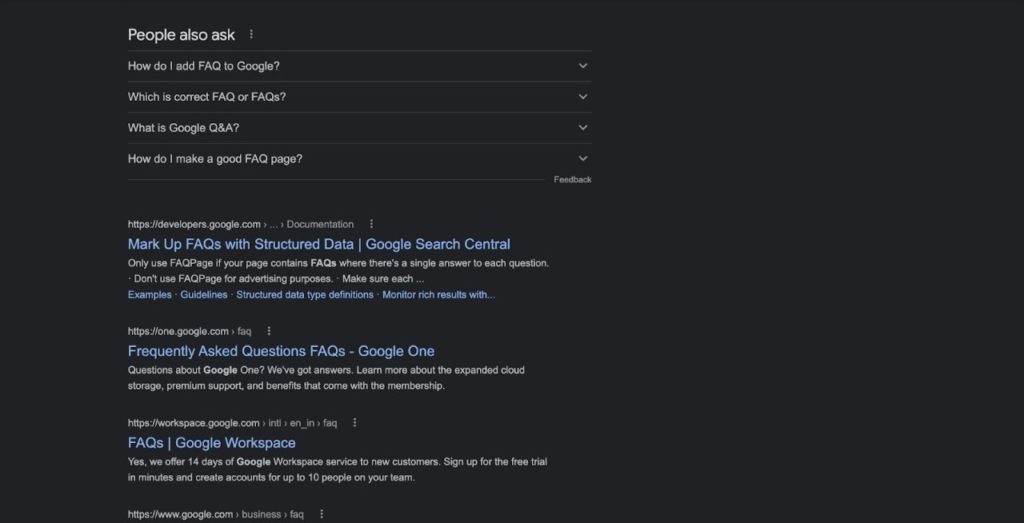
Make a list of various questions. Turn these into an FAQ document. Another place to look at is the FAQs that Google throws up! With FAQs, you can always learn more about content ideas that people throw up in the form of questions.
If you find many unanswered questions on a specific topic, doing a piece on “getting to know X better” could be a good idea. Answering questions and providing solutions in your content will also assure better footfall for your blogs or articles.
3. “Save to favorites” from social media
We spend hours scanning social media content aimlessly. It’s time to create a “swipe file.” This includes things that make you stop scrolling and look deeper – what type of content you enjoy reading, what draws your attention, and what posts you want to save.
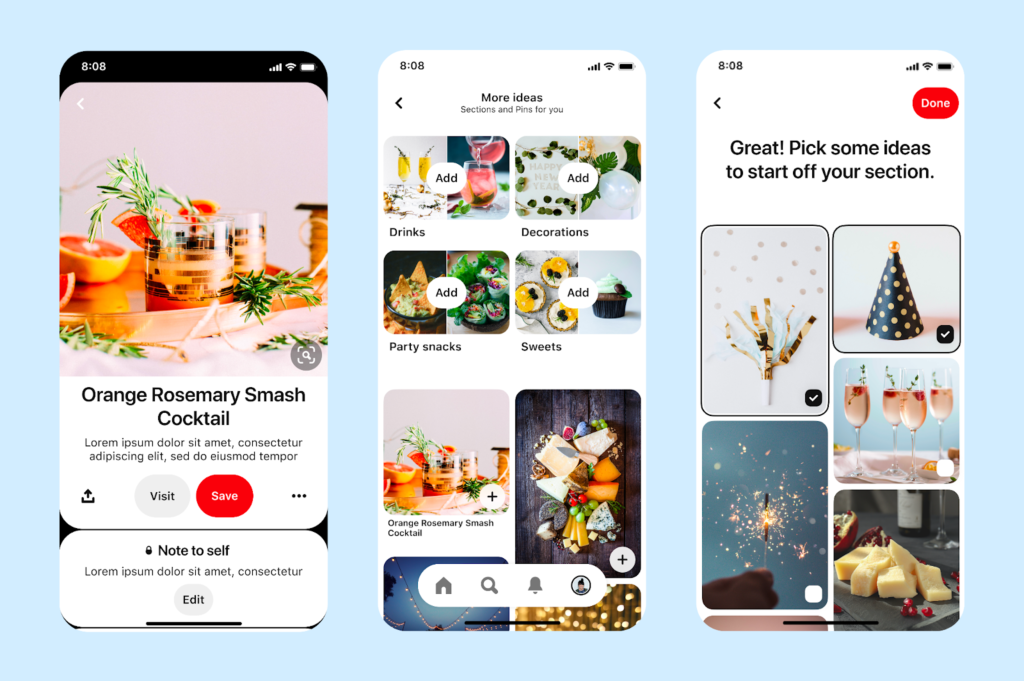
We often take screenshots of interesting quotes or news items, but they only get dumped in folders not to be looked back into for months. Whether the topics were inspirational, debatable, sticky, or engaging, put them in the swipe file.
Anything that piqued your interest once is bound to generate ideas in retrospect. Go back to this file to find topics and get creative content ideas instantly. Review graphic advertisements and social videos that may be relevant to your business. Channel your vague thoughts into inspirational and researched content.
4. Follow the trends
Check the profiles of people who follow you on social media and see what’s trending in their lives – what they are discussing, what they are posting, and whom or what they are following. Read tweets, scan photos, observe what they repost, study the brands they use and endorse.
Brainstorm these ideas with your friends, colleagues, and family and get real-life inputs. The content you generate from this will be honest and hardcore.

Pick content topics that will resonate with the general public, even if they do not resonate with you. Your social media followers can be a vast source of ideas. You can chat with them, asking them to help you with their thoughts on a particular topic or even help you ideate for a pitch or a theme.
Post questions on Instagram or Facebook and ask for views, ideas, and judgments. Followers are more than happy to help. Advice is free, and it gives them a sense of pride and involvement in the journey of content development. It’s a great tip if you’re stuck wondering how to create content ideas for your brand or business.
For example, if you are working on a fitness brand, ask your followers:
- What do they do to stay fit?
- What do they eat or don’t?
- How important is exercising for them?
- What other factors do they think help in keeping the body fit? Any unconventional workout methods?
- How important is mental health (which can take you to a new topic altogether)?
All answers to such questions are bound to generate new content ideas.
5. Scan the calendar for recent events
When you are faced with the problem of how to get content ideas, look at the calendar and look for recent events. A marketing campaign always works if connected to occasions, festivals, centenaries, world days, etc.
The content in this regard doesn’t have to have breaking news, but something from the near past or even the immediate future can provide an exemplary plot. Holidays, cultural activities, sports events, or world or national occurrences will help you engage with your audience with fresh topics.
Create an artificial moment for people with common interests. The day you commemorate doesn’t need to be directly related to your product or service. It can be personal or tangential. For example, if you are marketing plants and other gardening products, it makes sense to post about a scene of Earth Day or World Green Day.
Time the content and tie them smoothly with events, even if they are not directly related.
6. Go ahead and rebut
Sometimes we read articles, blogs, and posts we disagree with. Is there something you would not like to validate or some topic that you do not want to justify or support? Channelize the anger, frustration, and irritation and write a rebuttal. Put your point of view out there and be heard.
You will have many who won’t agree, but others will surely nod in agreement. This is another great tip when you’re lost and thinking of different ways to avoid an idea famine.
7. Read between the lines
Never skip your competitor’s content. To be fair, one must appreciate what is good. But one should also look for loopholes, missed points, and flaws, and make the most of those. Check their websites and social media handles.
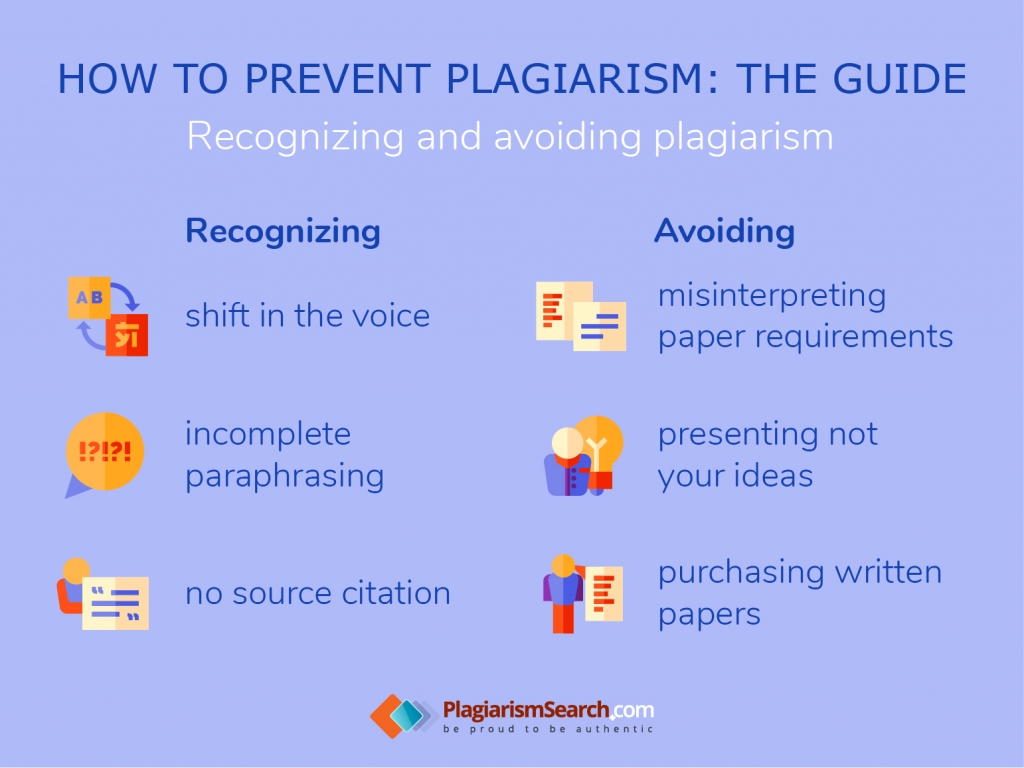
Stay away from copying or plagiarism, but use their content to agree or disagree and write about what they might have missed. Improve on their research and fill in the gaps to produce better content.
8. Google Search or YouTube suggestions
If you suffer from severe writer’s block and nothing seems to help, pick a general topic and research it on Google. YouTube and Google have suggestions for ideas once you look up a general issue in the search engines.

Use this on your cheat days. Related topics, related and suggested videos, and hyperlinks will keep you delving deeper and maybe help you find newer subjects.
9. Topic generator platforms
If you’re still blank, absolutely stuck, and can’t think of anything to write about, use online sources and portals that help you generate topics. One such platform is Peppertype.ai.
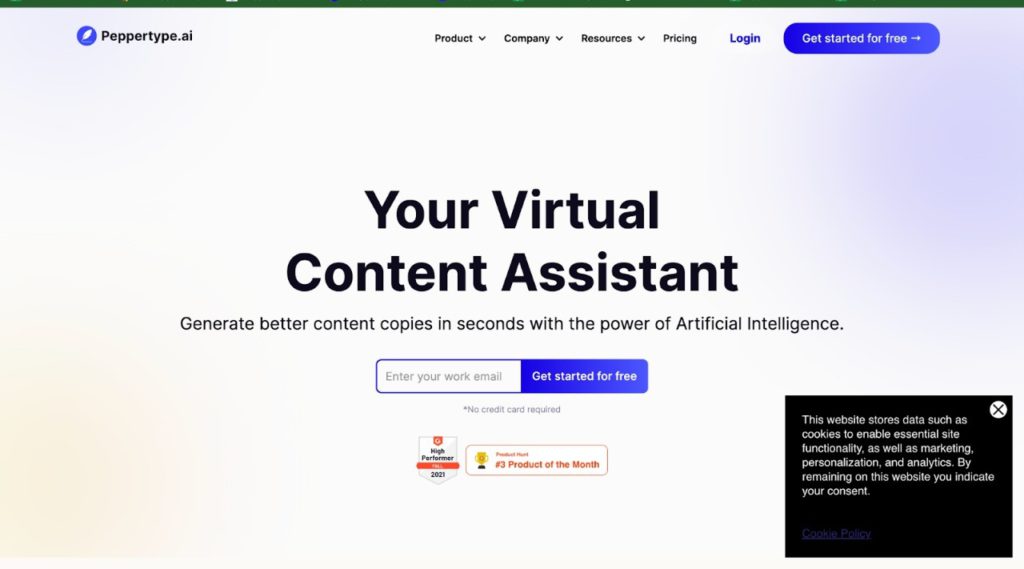
All you have to do is write down a short description of the service or product, and the tool generates unlimited ideas for content creation for you instantly. Bookmark your favorites and get started.
10. Make a list and revisit ideas
It is also wise to keep a list of ideas; after all, creative people can think even in their sleep! Jot down any interesting ideas and facts you come across in everyday life or your dreams and save them. Revisit these when nothing new seems to be coming to mind.
Also, keep a list of previously published content and reuse those ideas to upgrade your post. Rework titles and take different angles. Add newer features, latest developments, and effective keywords, and boost the article’s ranking.
Bonus Tips to Avoid Running Out of Ideas
1. Generate a keyword list
When you generate a keyword list, it helps you and your team brainstorm for new creative content ideas. You can ask your SEO team to list interesting keywords that you could then review with your team.
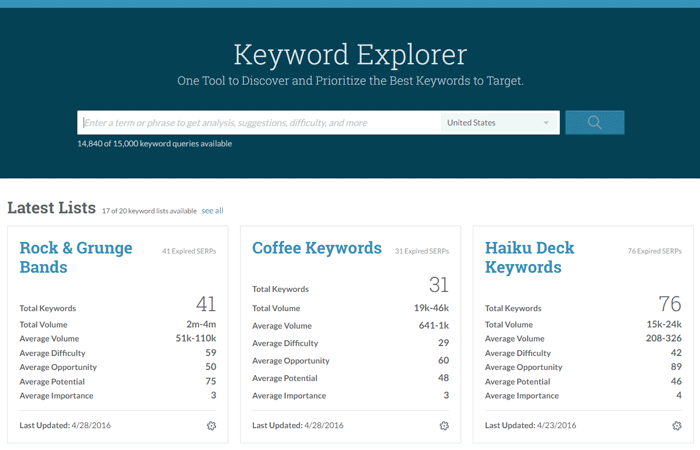
Make sure to cover every topic over a given period. Remember that search preferences will change; hence, you must update it at least two to three times a year. Generating a keyword list will give you new ideas and help you keep track of what works and what doesn’t.
2. Use Chatbots
Chatbots are said to be a powerful and effective tool when you’re wondering how to create content ideas for your social media platforms. You can use artificial intelligence can be used for generating ideas and providing customers who ask questions with relevant content.
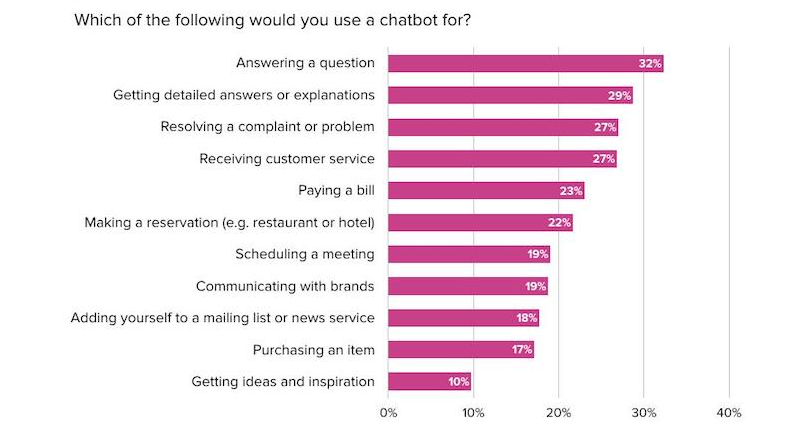
Chatbots help get customers’ insights on their preferences, product performance, tips, and suggestions. Getting proper insights will allow you to create personalized content for your audience. Integrating chatbots will help you gather information and valuable data, which you can then use to interact with the target audience.
3. Watch out for relevant subreddits
Reddit is a content aggregator that comes with various subreddits that are related to all types of topics. There are plenty of subreddits that have valuable tips and information that you will not find anywhere else.
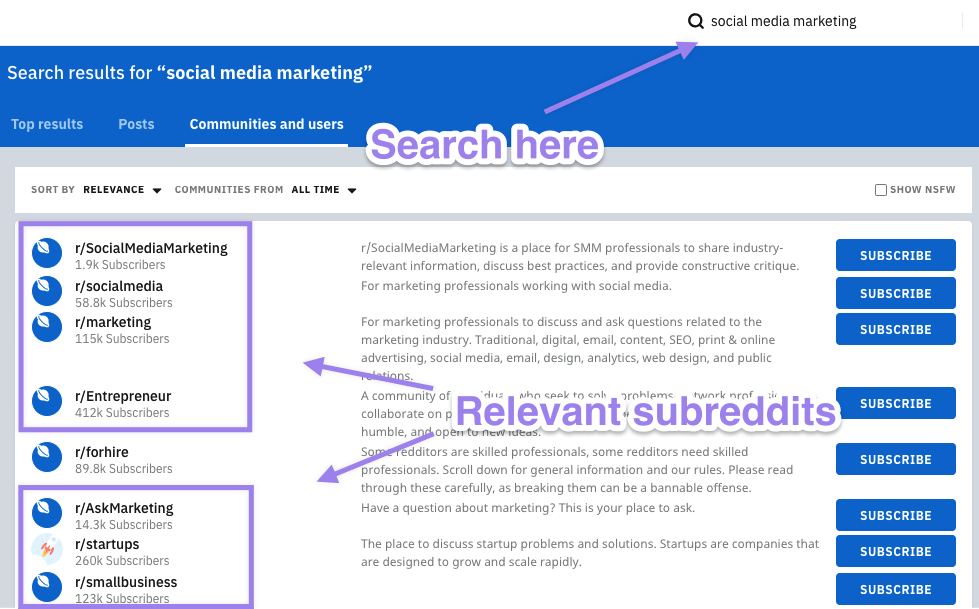
People like to share their experiences and ask for advice in different niches. You can simply select a topic you find interesting and spend more time on that particular niche. Topics with plenty of comments and upvotes can be a great topic idea for you. You can also try out the free Keyworddit tool to extract all the related keywords to choose a keyword that will help you develop the best content ideas.
4. Use other content types.
It’s not possible to always create quality content or images. There may be times you may run out of ideas altogether. One way to work around this is to try and use other types of content like videos, visuals, images, and cartoons to come up with new and interesting content ideas.
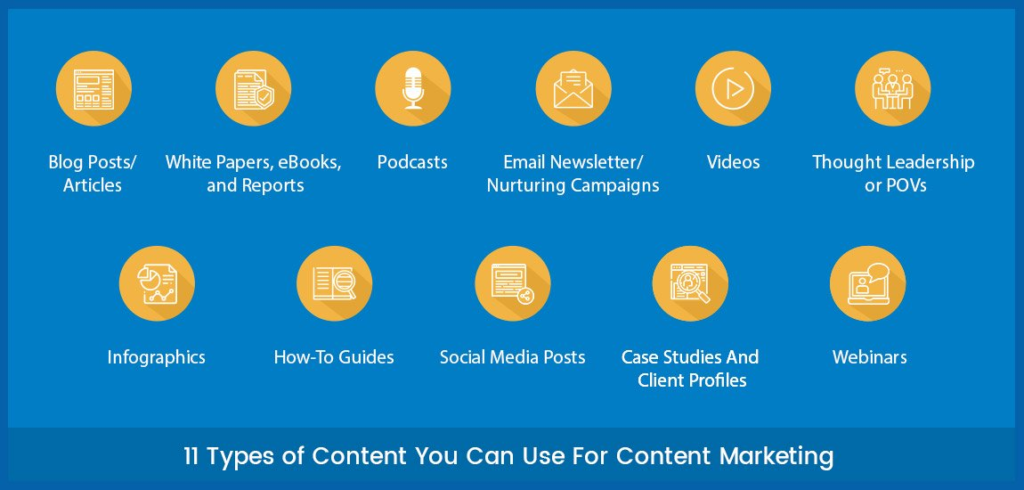
Also, reusing and repurposing other content pieces that have been posted before is a great idea. You can turn these posts into infographics or even use text to create image posts.
5. Read niche sites, industry news, and communities
Yes, reading is the best exercise for your mind. So, go ahead and read – and make sure to read a lot to be more productive and resourceful. Watch out for the most popular read articles in your content niche to get inspired and come up with new ideas.
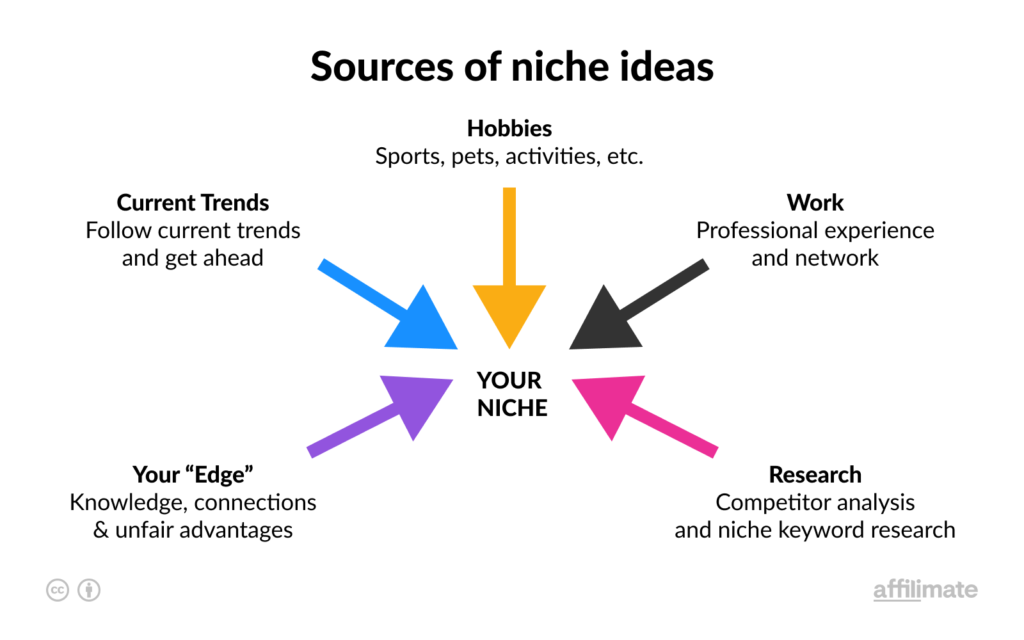
Simply make a note of all the relevant communities and sites that interest you and subscribe to each one of them. Find posts that you can turn into interesting content pieces. The reading tip helps especially when you’re completely out of ideas and are looking for new ways to create content.
6. Keep a tab on your competitors.
Always keep a tab on your competitors and watch out for things they do differently. Make sure to visit all your competitor pages to list the topics and content they are using to engage their audience.
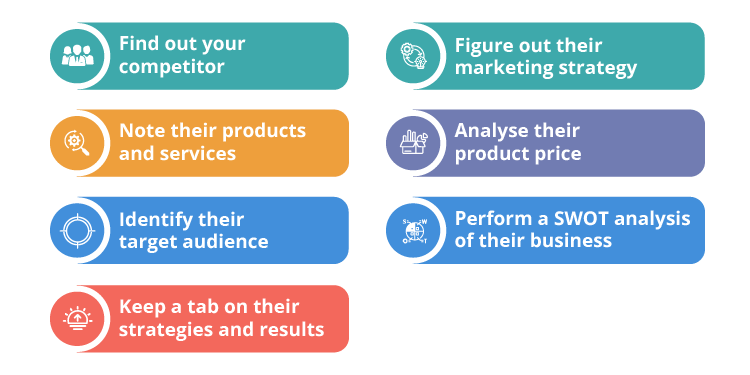
Benchmark competitor strategies and find out what works for them. This can help you come up with ideas you may have never thought about before. Finding out what your competitors are up to always helps when you are stuck without any content ideas.
7. Social listening
This is another important tip for finding new content ideas right away. Social media monitoring or listening helps you gain valuable insights into what people are talking about and discussing.
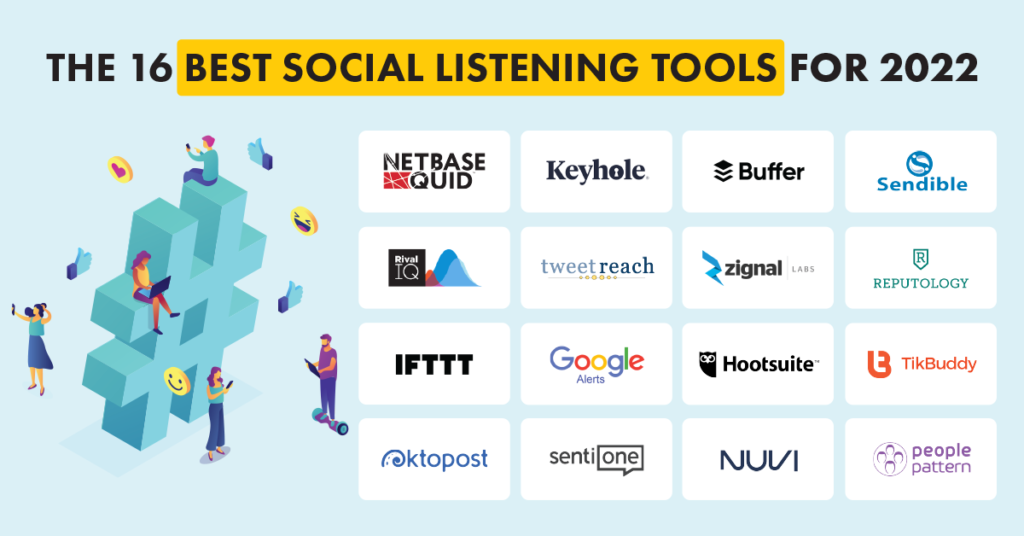
You can find interesting ways to provide value and be helpful when you monitor social chatter. According to Brian White, founder of Brian White & Associates, “Social media monitoring is like people-watching in a crowd to find creative inspiration. You can learn more about people, what they want, what makes them act, and use that data to come up with successful content ideas.”
Social listening is an effective way to monitor everything that goes on around social media and use them in the best way possible to come up with content ideas that are engaging and interesting for your audience.
8. Expand on earlier posts
If you run a Facebook page, then the goal is to get your audience to engage in discussion. Certain posts may be more successful or have brought you a lot of engagement. You could expand on earlier posts to start discussions again or keep your audience engaged. List posts are a great way to encourage users to go ahead and click through and read more.
9. Visit Facebook Insights
Are you regularly checking your Facebook Insights? If not, you should be doing so to get instant ideas that work for you. Facebook Insights must be visited regularly, especially if you’re running out of ideas.
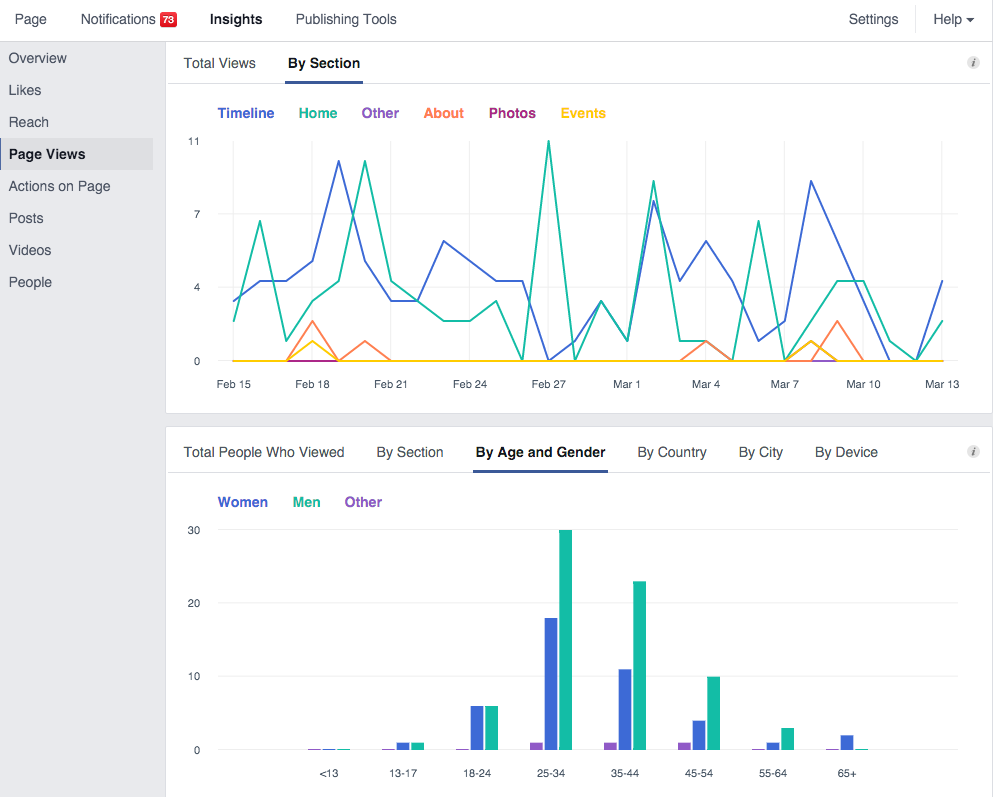
It’s a great way to review old content and see what has really worked and what has not. By doing so, you can find topics and repurpose them to make them more interesting so that they can spark interest amongst your audience. Go through the content to see the different areas you can work around to make a content piece engaging.
You can probably use a different tone or title that could grab the audience’s attention immediately. Tweaking the content by changing certain parts can go a long way in making the piece look fresh and new.
10. Ask your audience
Asking your audience for suggestions on what topics they are interested in is another fabulous way of creating content that you know will get them engaged. People love to give suggestions and ideas when you ask for them.
Also, it gives them a feeling of importance and gets your community involved. If you run a Facebook community page, you can collect many creative content ideas from your audience when you ask them for suggestions directly. It’s also great to encourage interaction and build trust with your audience. It’s a powerful way to connect with your audience as well.
Conclusion
All in all, when you struggle to ideate, be resourceful and wise. Use this guide to dodge an “idea” famine. As a writer, you must know all about content marketing meaning and ideas to avoid writer’s block and always have ideas to stay on top of the game.
Key Takeaways
- Personal stories, experiences, testimonials, and case studies are one of the best things you could use to develop great content ideas.
- FAQs are another place to look when you’ve entirely run out of ideas.
- When you scan social media and find something interesting, immediately save it to favorites or create a swipe file.
- Keep track of trends and watch out for popular posts. See what people are following and talking about. Scan photos, read tweets, and repost to get an idea of what’s happening.
- Pick content topics that resonate with your audience, even if it is something that does not interest you at all.

FAQs
Speaking to your social media followers, scanning through blog comments, reading interviews, scanning competitor websites, seeing Google search suggestions, focusing on recent events, and reading product reviews are great ways to come up with new content ideas.
You can find popular content on general forums like Quora, Yahoo, industry-specific forums, online groups like LinkedIn and Facebook, industry publications, comment sections, and social media platforms.
Before coming up with the right content, you can use your analytics, ask your audience for suggestions and ideas, learn from industry peers and competitors, use research tools, create marketing personas and follow trends.
A great content piece must include different angles. It should be unique, precise and something that gives the audience useful and valid information. The content should have an impact and must be able to keep your audience engaged right from the start.
Your content should never be copied or plagiarized. Always use different sources while researching information, use your words and reasoning, use your style and always try to come up with something different and new.
Streamline your research phase, compile multiple ideas at one time, schedule your writing time, set goals, cut back on the quantity, and try to eliminate distractions so you can concentrate on creating more content.
Latest Blogs
Explore how Google’s 2025 AI search updates triggered ranking chaos. Learn actionable strategies to adapt your SEO for AI Overviews, zero-click searches, and SERP volatility. Stay ahead now.
Learn how to rank on AI search engines like ChatGPT, Perplexity, and Gemini by optimizing your content for authority, structure, and relevance. Stay ahead in AI-driven search with this strategic guide.
Explore the best healthcare SEO services for your medical practice. Improve online visibility and effectively reach more patients in need of your services.
Get your hands on the latest news!
Similar Posts

B2C Marketing
5 mins read
Top Choices for Best Content Marketing Services in B2B Industries

Artificial Intelligence
5 mins read
How A Lead Generation Specialist Can Use AI-Powered Content Funnels to Drive Conversions

Artificial Intelligence
4 mins read